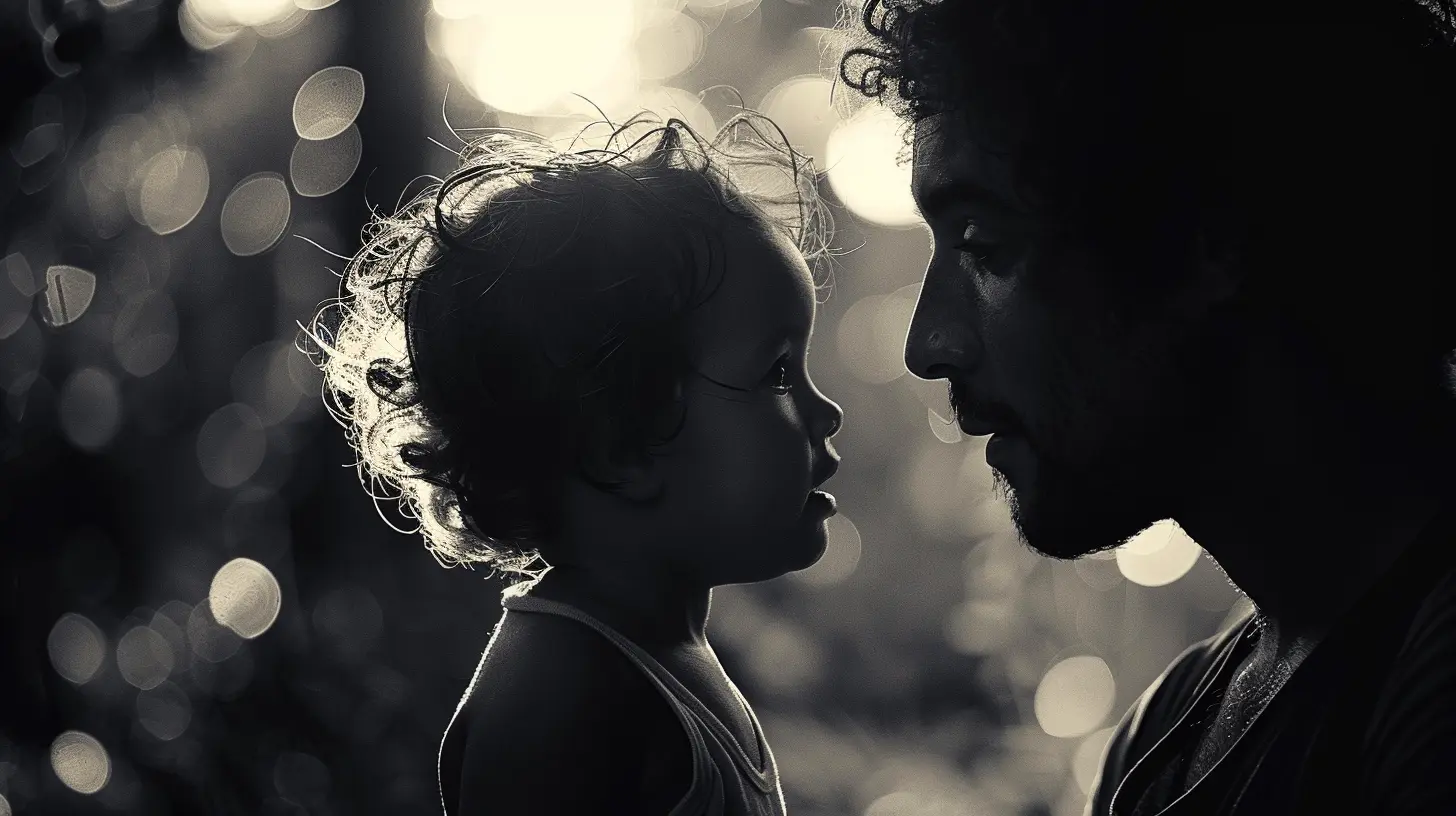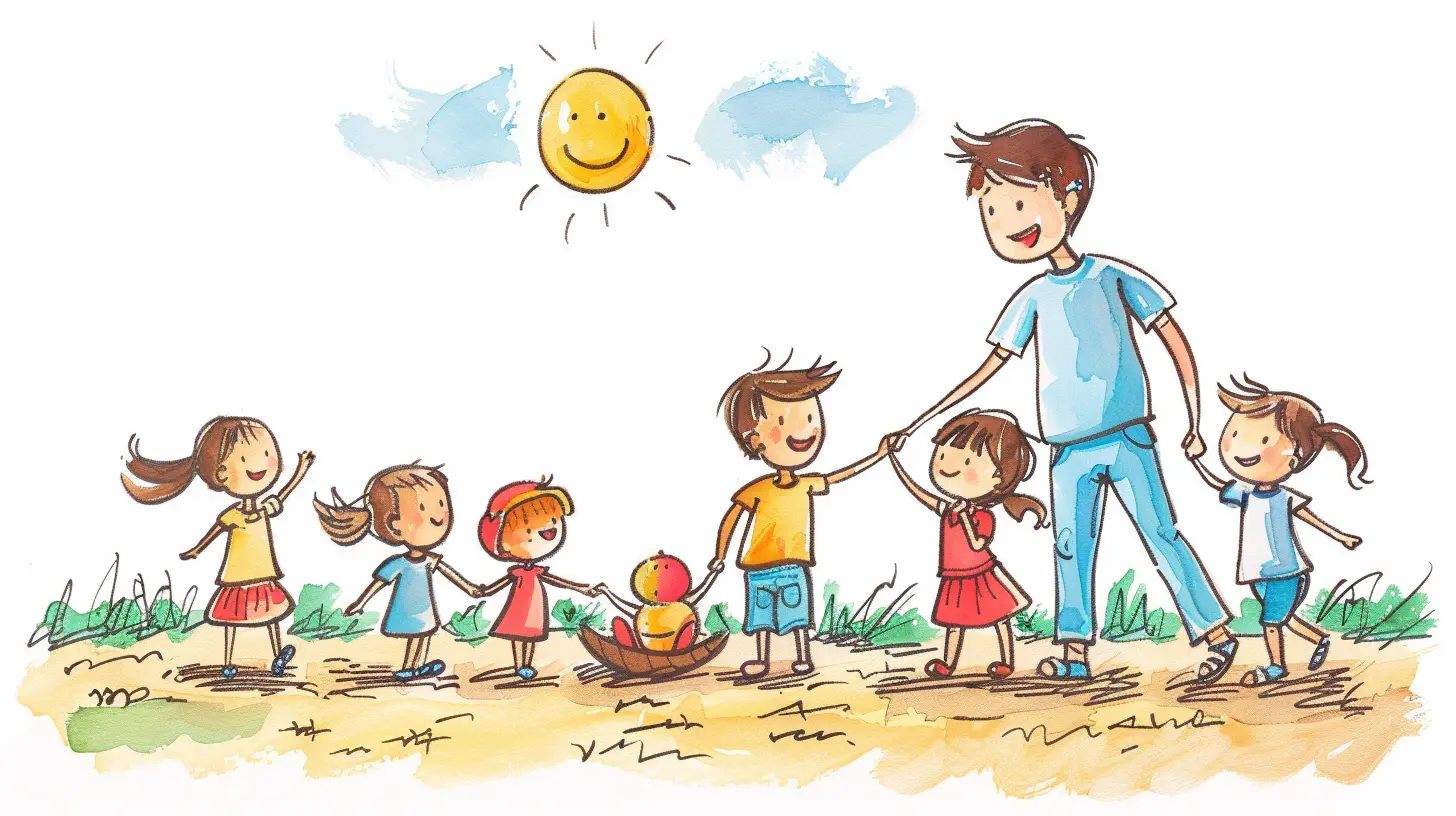The Importance of One-on-One Time with Each Child
6 October 2025
Let’s be honest—parenting is a full-time job, and then some. Between work, laundry piles that somehow multiply overnight, and the constant chorus of “Mom!” or “Dad!” it’s easy to feel like you’re running on fumes. In the middle of all the chaos, carving out one-on-one time with each of your children can feel like a luxury. But here’s the thing: it’s not just a nice-to-have. It’s a must.
In this post, we’re diving deep into why spending quality one-on-one time with each child is not just important—but transformative—for both you and your kids. And don’t worry, we’re keeping it real and relatable. No guilt trips, no perfection needed—just some honest talk about parenting and connection.

Why One-on-One Time Is a Game-Changer
Kids Crave Connection, Not Perfection
Children don’t need a Pinterest-perfect parent or a jam-packed calendar of flashy activities. What they really long for is something much simpler: your undivided attention. When you carve out solo time with your child, it communicates a powerful message—“You matter. I see you. I hear you.”In a world where distractions are everywhere (hello, smartphones), being fully present with your child even for just 15–30 minutes can have a massive impact. It fills their emotional gas tank and gives them a sense of security and love that no toy or screen can replace.
It Builds Trust and Deepens Your Bond
When kids know they have time with you when they don’t have to compete with a sibling or your to-do list, they open up more. This is often when the real conversations happen—the ones about fears, school dramas, dreams, or even embarrassingly hilarious missteps. It’s in those quiet moments that trust is built.And let’s not forget: this bond is the foundation for your child’s emotional wellness. When they feel deeply connected to you, they're more likely to come to you with problems, rather than keeping things bottled up.

The Benefits of One-on-One Time (For Both of You!)
1. Each Child Feels Seen and Valued
Every kid is different. What works for your energetic, joke-cracking middle child might not suit your quiet, book-loving oldest. One-on-one time lets you focus on the individual, not just the sibling group. It gives your child a chance to truly shine in their own light.Feeling valued as a unique individual boosts self-esteem and encourages kids to embrace who they are, quirks and all.
2. You'll Really Get to Know Them
Let’s face it—life moves fast. And when you’re juggling school drop-offs, sports practices, and dinner prep, it’s easy to miss the subtleties of how your child is growing and changing. One-on-one time is like hitting the pause button. It gives you a chance to notice what makes them laugh lately, what’s stressing them out, or what new interests they’re nurturing.3. It Can Prevent Unhealthy Sibling Rivalry
Ever heard one of your kids say, “You love her more!” or “He always gets the attention!”? Yeah, us too. Often, those complaints stem from a genuine feeling of being overlooked. By creating dedicated one-on-one time with each child, you're showing each of them that they are important in their own right.This simple practice can do wonders in easing competition and jealousy between siblings.
4. It Helps with Behavior Challenges
Here’s a little parenting secret: a lot of behavior issues stem from a simple craving for attention. Sometimes, negative attention is easier to get than positive attention—especially in a busy household. When you offer positive, predictable one-on-one time, your child doesn’t feel the need to act out as much just to get noticed.5. You’ll Make Memories That Last
Think back to your own childhood. It’s probably not the big events you remember most—it’s the little moments. Ice cream dates, walking and talking, bedtime chats. These one-on-one moments become the “remember when…” stories your child carries into adulthood.
How to Make One-on-One Time Happen (Without Losing Your Mind)
Now, I know what you're probably thinking: “This all sounds great, but when am I supposed to do this?”It doesn’t have to be elaborate or time-consuming. Consistency beats complexity every time. Here are some practical ways to make it happen—even with a packed schedule:
1. Schedule It In
Just like doctor’s appointments or work meetings, your one-on-one time should get a spot on the calendar. Even if it’s just 20–30 minutes a week, schedule it like it matters—because it does. When it’s on the calendar, you’re far more likely to stick with it.2. Keep It Simple
It doesn’t have to be a big production. Go for a walk together. Have a silly dance party in the kitchen. Bake cookies. Work on a puzzle. Watch their favorite movie (even if it’s the 14th time). The magic isn’t in what you’re doing—it’s in doing it together.3. Take Advantage of Everyday Moments
You don’t always need extra time—you just need to be intentional. Maybe you chat with one child during the school drop-off while the others are still eating breakfast. Maybe one kid stays up a little later once a week for a special bedtime talk. It’s about weaving connection into the fabric of your daily routine.4. Let Them Pick the Activity
Giving your child a say in how you spend your time together not only makes it more fun for them but also gives you a peek into what they’re interested in. Kids feel respected when they’re given choices—plus, you’re more likely to end up doing something they’ll genuinely enjoy.5. Rotate Fairly
If you have multiple kids, try to have a rotation so each child gets their own spotlight time. You don’t have to overcomplicate it—maybe a simple chart on the fridge does the trick. As long as they know their turn is coming, they’ll feel included.
What If You’re a Single Parent or Have Limited Time?
You don’t need to stress about making it perfect. A few minutes of true connection can be more powerful than an hour of distracted multitasking. Focus on quality over quantity.Also, don’t hesitate to lean on your support system. Maybe Grandma can watch the younger one so you can take the older one to lunch. Or perhaps a trusted babysitter can help carve out space. You don’t have to do it all alone.
Ages & Stages: What One-on-One Time Looks Like
Toddlers and Preschoolers
At this age, your little one is attached at the hip. Honest truth? Nearly everything you do together feels like one-on-one time. But try to make space for age-appropriate activities they enjoy—like coloring, building with blocks, or silly storytelling.Even five minutes on the floor with them without your phone can mean the world.
Elementary-Age Kids
Now’s the time when they start having opinions—and lots of them. They’re developing their identities and social worlds, so personalized attention at this age is gold. Ask about their day, their friends, or their latest drawing. You might be surprised at how much they open up.Game nights, library visits, or grabbing hot cocoa together are great ideas.
Tweens and Teens
Let’s be real—teenagers aren’t always begging to hang out with us. But here’s the kicker: they still need you. One-on-one time with teens looks different—but it’s just as vital.Sometimes it’s driving to get fast food, other times it’s staying up late for a heart-to-heart. Don’t expect deep convos every time—but when they happen, they’ll be powerful.
Final Thoughts: It’s Time That Counts
There’s no such thing as the “perfect parent.” But the most impactful thing you can be is present. Every child wants to know they matter. They want to know that in a house full of siblings, chores, emails, and errands—they still have your heart.One-on-one time doesn’t have to be fancy, frequent, or flawless. It just has to be real.
So go ahead—put down the dish towel, mute your inbox, and grab a board game or go for a drive. Your kid’s eyes will light up because it’s not about the what—it’s about the who.
Them.
And you.
Together.
all images in this post were generated using AI tools
Category:
Family LifeAuthor:

Steven McLain
Discussion
rate this article
1 comments
Kinsley Blair
One-on-one time fosters connection, trust, and unique bonds—it's essential for every child.
October 8, 2025 at 2:58 AM

Steven McLain
Absolutely! One-on-one time is crucial for building trust and nurturing meaningful relationships with each child.


